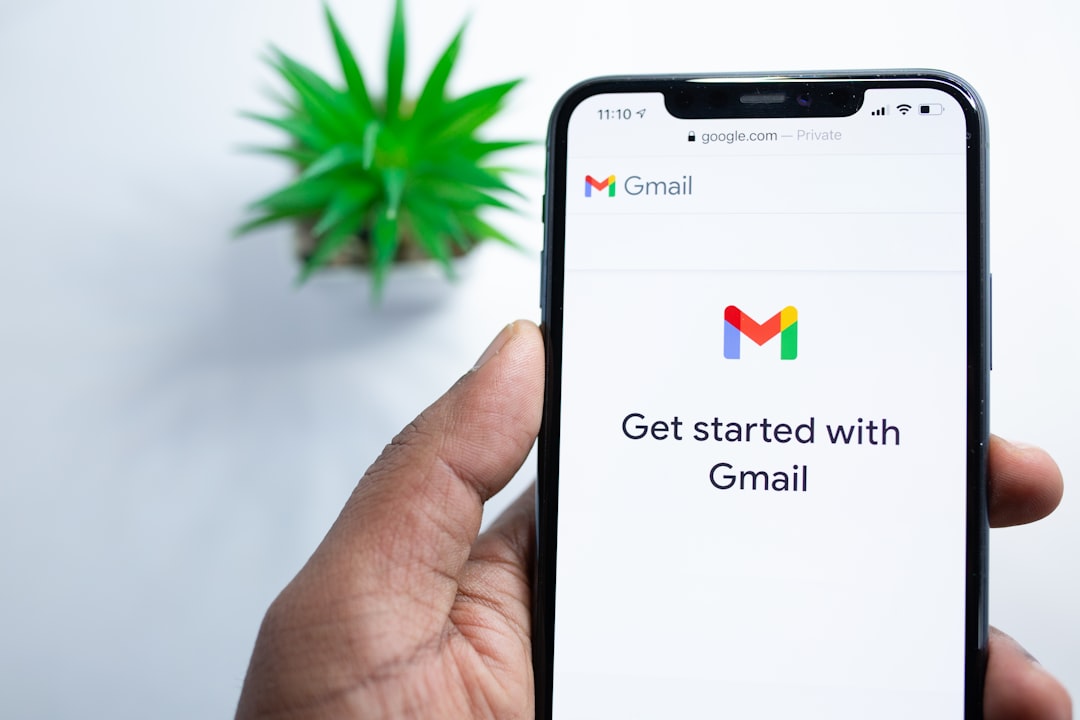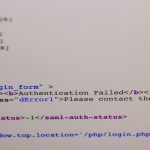Technological advancements have made it easier than ever to share information in creative and practical ways. Quick Response (QR) codes, originally designed for industrial uses, have quickly become a common tool for businesses, educators, and individuals alike. One fascinating application of QR codes is their ability to perform specific tasks, such as sending an email with just a quick scan. But how exactly does this work, and is it possible for anyone to create such a QR code? This article explores this intriguing use case.
What is a QR Code?
A QR code is a two-dimensional barcode that stores information, such as text, URLs, or other data, in a format that can be quickly scanned using a smartphone or a specialized scanner. QR codes are versatile and can be programmed to perform tasks like opening a website, dialing a phone number, or even composing an email.
Recently, their popularity has surged due to their ease of use and the growing accessibility of mobile technology. Thanks to free and premium QR code generator tools available online, creating a custom QR code no longer requires advanced technical knowledge.

How Can a QR Code Send an Email?
Sending an email via a QR code involves encoding specific instructions into the QR code so that when it is scanned, it opens the user’s email client with prefilled fields like the recipient’s email address, subject, and even the email body. The process works by using a mailto URI scheme, which is a standardized way to define “send email” actions within the QR code.
Steps to Create a QR Code That Sends an Email:
- Choose a QR code generator: There are numerous tools online, both free and paid, that you can use for this purpose.
- Enter the email information: Look for the option to create a “mailto” QR code. You’ll typically fill in the following details:
- The recipient’s email address.
- The subject of the email (optional).
- The body of the email (optional).
- Generate the QR code: Once all fields are filled out, the tool will generate a QR code based on the provided information. In essence, it encodes the mailto: command into the QR code.
- Download and share: Save the QR code image and place it wherever needed, such as on your website, marketing materials, or product packaging.
Use Cases for Email QR Codes
Creating a QR code for sending emails adds convenience for both users and businesses. Here are a few scenarios where this feature can be particularly useful:
- Customer Support: Add a QR code to a product’s instruction manual or packaging to allow users to quickly get in touch with customer support via email.
- Event RSVPs: Use an email-specific QR code on invitations or posters to let attendees confirm their participation effortlessly.
- Feedback Collection: Include a QR code in feedback forms to encourage users to send suggestions or reviews via email.

Considerations When Using QR Codes for Email
While QR codes for email offer great convenience, there are some key considerations to keep in mind:
- User Experience: Not all users may feel comfortable scanning a QR code, especially if they are unsure about the action it triggers. Make sure to clearly label the purpose of the QR code.
- Limited Customization: Pre-filling the subject and body text makes communication easier, but some users might prefer to write personalized messages.
- Email Client Compatibility: The success of opening the email client through a QR code depends on the scanner app and the user’s device configuration. Test the QR code on multiple devices before widespread use.
Conclusion
Creating a QR code to send an email is a simple but powerful way to incorporate technology into your communication strategy. Whether used for business purposes or personal convenience, these codes can save time and make the email process seamless for users. By choosing the right tools and carefully considering user preferences, anyone can create customized email QR codes that enhance connectivity and engagement.

FAQ
- 1. Do I need coding skills to create an email QR code?
- No, creating an email QR code does not require technical knowledge. Many online QR code generators simplify the process with user-friendly interfaces.
- 2. Are email QR codes secure?
- While QR codes are generally secure, use a trusted QR code generator to ensure safety. Inform users clearly about the action the QR code will trigger to build trust.
- 3. Can I edit an email QR code after it’s created?
- Traditional QR codes are static and cannot be edited. However, if you use a dynamic QR code service, you can update the code’s content even after printing.
- 4. Do email QR codes work on all mobile devices?
- Email QR codes work on most smartphones, but the effectiveness depends on the QR code scanner app and the user’s email client settings.
- 5. Can I track how many users scan my QR code?
- Yes, if you use a dynamic QR code service, you can track scans and gather analytics data to measure user interaction.







